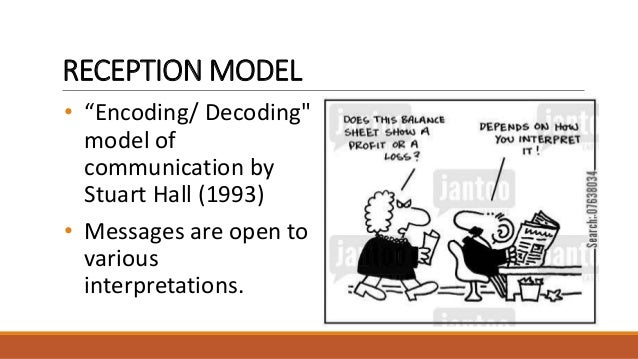


On the contrary, Suhor and Little (1988) claimed it as not even an area to study or recognized as a discipline “but, at best, an ingenious orchestration of ideas”. Sinatra defined visual literacy as “active reconstruction of past experiences with incoming visual information to obtain meaning” (Sinatra 1986) and build a connection of it to human thinking and memory. 281-282).Īs Avgerinou & Ericson (1997) stated during continuing attempts of definitions by others, which added new dimensions to the term also there had been some reactions by theorists who tried to narrow the scope or re-name it.


Since the objects and living spaces produced by architectural design have inevitably a dynamic perception, understanding, mental representation and re-visualization process ongoing in the mind of its user in daily life or basically its nature of producing human involved spaces the discipline of architecture has to define the concept of visual literacy in its own design practice and integrate the outputs to its ongoing system.ĭuring the following years, different definitions had been made such as: all of the skills which make an individual to understand the visuals and use them for communicating with others (Ausburn &Ausburn, 1978), the skill of reading and writing images and thinking and learning in terms of visuals or thinking visually (Hortin, 1983), the skill of understanding the communication of a visual statement in any medium and also expressing oneself with at least one visual discipline (Curtiss 1987) and these definitions revealed new aspects of the term (as cited in Avgerinou & Ericson, 1997, pp. While advocates of the concept try to construct a satisfactory definition, theorists in other disciplines have tried to substantiate their own perception of visual literacy by examining how this new concept will find meaning within their own disciplines and specific working systems. The term visual literacy had its first definition by John Debes, co-founder of the International Visual Literacy Association.


 0 kommentar(er)
0 kommentar(er)
